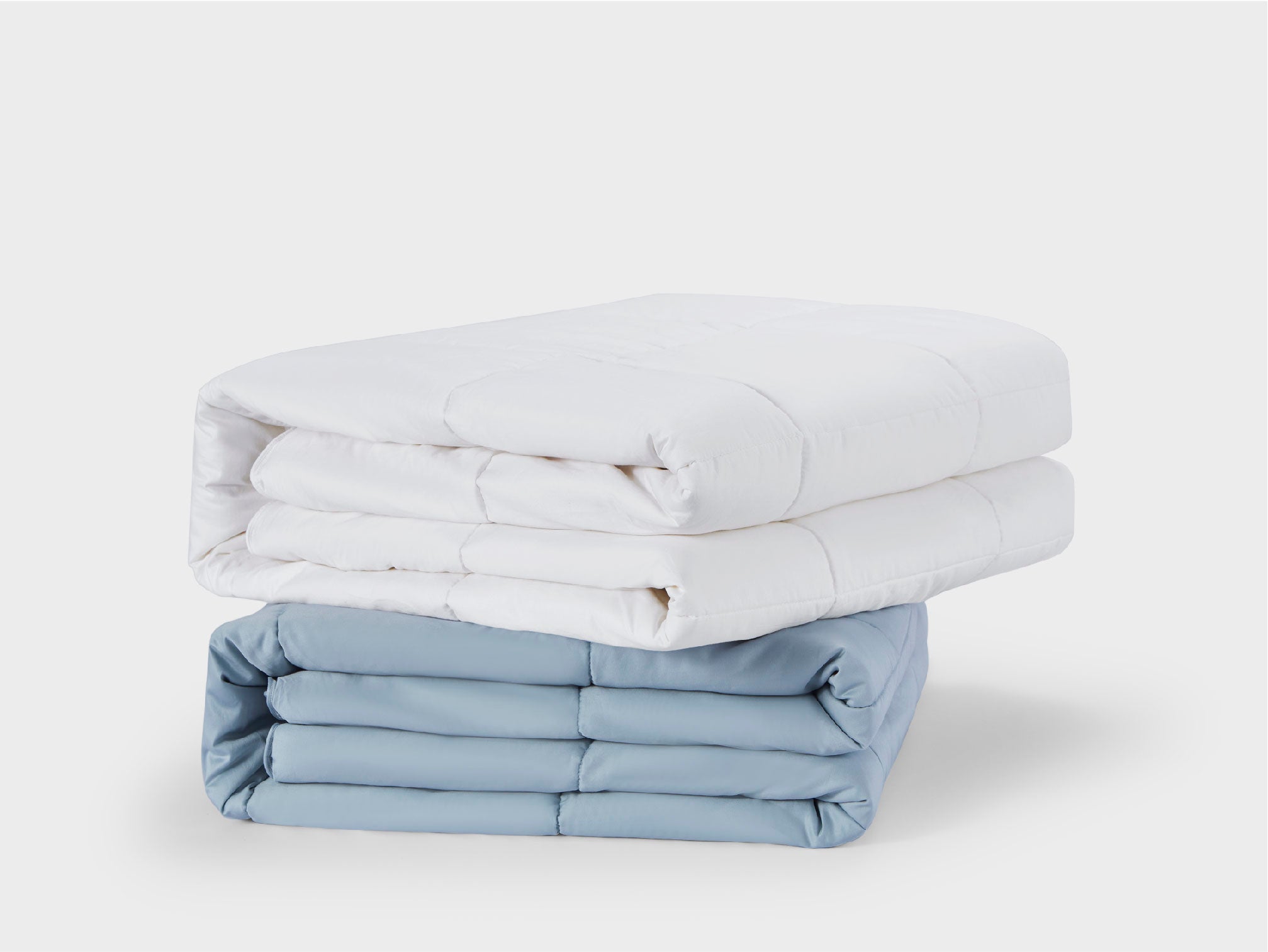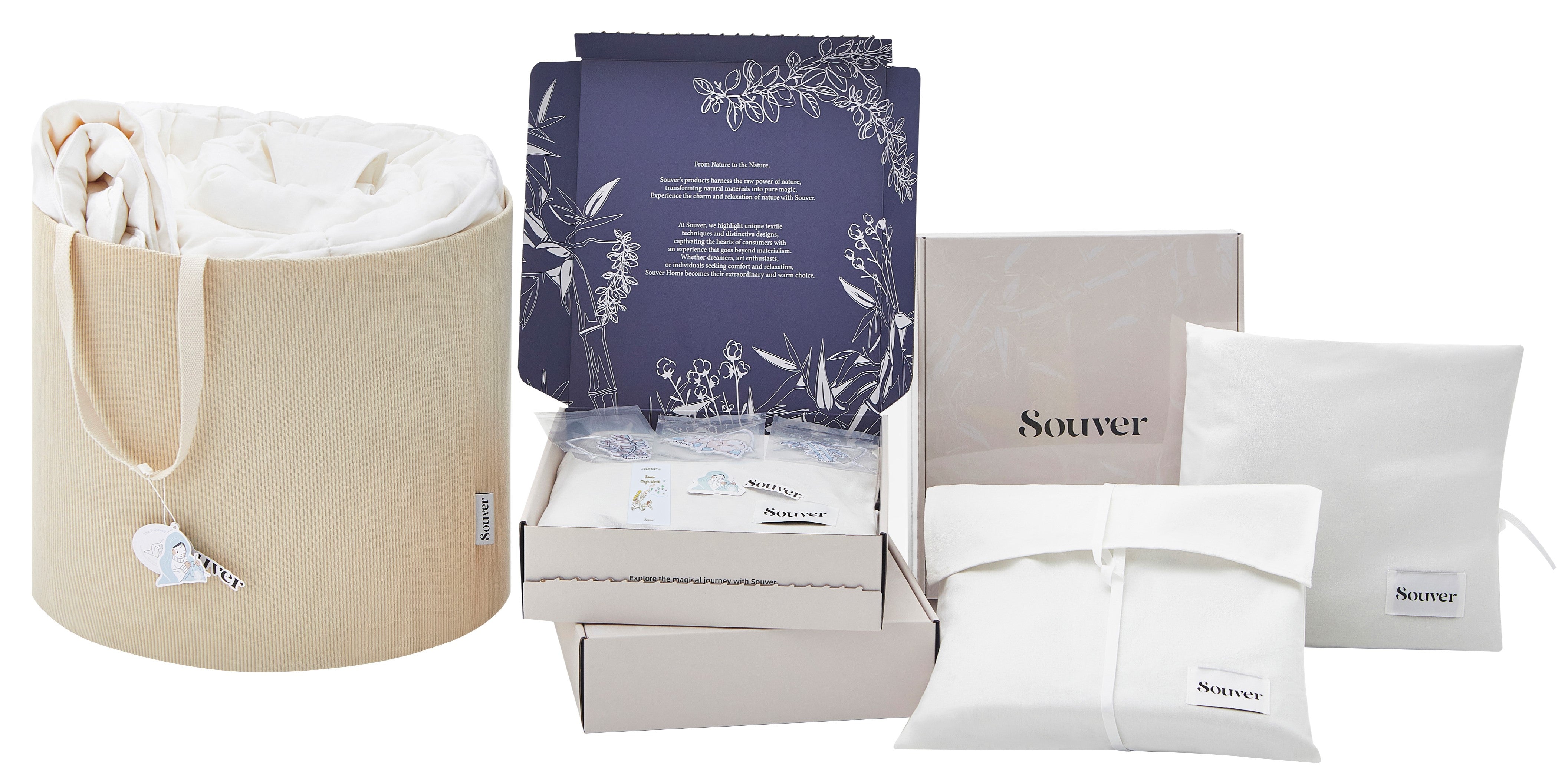These malleable little stress balls are popular for relieving tension and improving concentration. Children and teens often use them to help focus and regulate their emotions. Studies have shown that stress balls help reduce temporary stress, anxiety, and even blood pressure. Learn about our stress ball pillows to find your perfect stress-reducing companion.
But how exactly do you DIY a stress ball? Let's dive into a detailed guide on how to make a stress ball at home. So, let's get started.
Why Make Your Stress Ball?

While you can buy stress balls from a store or online, making your offers multiple advantages. Making your stress ball allows you to customize it according to your preferences. You can choose the stress ball's color, texture, and size that suits you best.
Moreover, creating your stress ball is more cost-effective than buying one. Most DIY stress ball materials are readily available at home or cheaply in any craft store. This means you can make multiple stress balls for the price of one store-bought ball.
Lastly, making your stress ball can be a fun and therapeutic activity. Creating something with your hands has been shown to reduce stress and anxiety. Besides, you get the satisfaction of using a stress ball you made yourself.
Materials Needed for DIY Stress Ball

To create your stress ball, you'll need the following materials:
Balloons: Choose strong latex balloons in your preferred color.
Filling: Flour, cornstarch, rice, or fine sand are great options for giving your stress ball the right consistency.
Funnel: This helps pour the filling into the balloon without a mess.
Bottle: An empty plastic bottle makes the process easier by acting as a container for the filling before it goes into the balloon.
Scissors: Scissors are needed to cut the balloon nozzle after filling.
Permanent markers (optional): For decorating the stress ball with faces or patterns.
Yarn or ribbon (optional): If you want to add a little flair or have something to hold onto your stress ball with.
How to Make Stress Balls?

Here is a step-by-step guide to making your stress ball:
Step 1: Prepare Your Materials
Before making your stress ball, gathering all the necessary materials and laying them out neatly on a flat surface is important. Ensure you have everything you need, including the balloon, filling material, and any additional decorations or embellishments you may want to use.
Creating a clean and dry workspace is essential to avoid mess during crafting. Clear away clutter and wipe down the surface to provide a clean canvas for your stress ball creation. This will help you stay organized and focused, creating a more enjoyable and stress-free crafting experience.
Step 2: Fill the Bottle with Your Choice of Filling
To create your stress ball, start by grabbing an empty plastic bottle. Choose your preferred filling material, such as flour, cornstarch, rice, or fine sand. These options strike the perfect balance between not being too hard or too soft.
To avoid spills or mess, use a funnel to ensure the filling goes smoothly inside the bottle. With this simple and effective technique, you'll have a customized stress ball ready to provide relaxation whenever needed.
Step 3: Inflate the Balloon Slightly
Once your filling is securely inside the bottle, it's time to turn your attention to the balloon. Begin by stretching the balloon to make it more flexible—this can prevent it from tearing during the filling process.
Gently inflate the balloon just enough to expand it, making transferring the filling from the bottle easier. Remember that the balloon should not be inflated fully; it should be just enough to puff it out, ensuring adequate space for the filling. This pre-stretching and slight inflation are crucial steps to ensure your stress ball won't be too dense and will have the soft, squishy feel you're aiming for.
Step 4: Attach the Balloon to the Bottle
Now comes the crucial part of transferring the filling into the balloon. Carefully stretch the balloon's neck and place it over the mouth of the bottle, ensuring it's snug and secure. This will prevent the filling from spilling out during the transfer.
Make a firm attachment and take the time to double-check that the balloon is firmly wrapped around the bottle opening. This guarantees that the next steps go smoothly without any unnecessary mess or waste of filling material.
Step 5: Transfer the Filling from the Bottle to the Balloon
With the balloon secured to the bottle, turn the combined items upside down and gently shake the filling material into the balloon. Patience is key here; let gravity do most of the work while you guide the process with mild shakes to avoid clogs or spills.
If the material stops flowing, gently squeeze or tap the bottle to encourage the filling to continue moving into the balloon. This method is quite effective and helps maintain a mess-free environment. Continue until the balloon is filled to the desired size; always remember that you will need to deflate the balloon to tie it off without bursting.
Step 6: Release the Air and Tie the Balloon
Once you've transferred all the filling into the balloon, gently remove it from the bottle opening. Hold tightly onto both ends of the balloon to prevent any spillage. With one hand holding the balloon's neck closed, use your other hand to release any trapped air inside by stretching and squeezing the balloon.
Once all the air is released, tie a knot as close to the filling as possible without bursting it. Be careful not to tie too tightly; otherwise, your stress ball won't have enough give and may burst when squeezed. Double-check that the knot is secure by giving it a few gentle tugs before moving on to the next step.
Step 7: Trim the Excess Balloon Material
With your knot tied and securely fastened, you can now proceed to trim off any excess balloon material. Take a pair of sharp scissors and carefully snip off the end of the nozzle, making sure to cut as close to the knot as possible without actually cutting into it.
While making a perfect cut is unnecessary, you can rest assured that any remaining bits of the balloon can easily be concealed when decorating your stress ball. This will ensure your creation's neat and polished finish, making it more visually appealing and satisfying.
Step 8: Decorate Your Stress Ball (Optional)
If you want to add a little flair to your stress ball, use yarn or ribbon to wrap around the balloon in any pattern you choose. You can also draw or paint on the balloon using markers or paints. Get creative and make your stress ball unique and personalized to your liking.
Once your stress ball is decorated to your satisfaction, it can be used for relaxation and stress relief. Be sure to keep it somewhere easily accessible so you can grab it whenever you need a quick moment of calmness.
How to Maintain Your Stress Ball?

To ensure that your stress ball remains in good condition and continues to provide the desired level of relaxation, it's essential to maintain it properly. Here are a few tips on how to take care of your stress ball:
1. Store It in a Cool and Dry Place
Avoid storing your stress ball in areas with high humidity or extreme temperatures, as this can cause the filling material to spoil or dry out. When not in use, keep it in a cool and dry place, such as a drawer or cupboard.
2. Clean It Regularly
Over time, your stress ball may accumulate dust and dirt from frequent use. To keep it clean and hygienic, wipe it down with a damp cloth or rinse it under lukewarm water and let it air dry. Avoid using harsh chemicals or soaps, as they may damage the material of your stress ball.
3. Check for Wear and Tear
Your stress ball may show signs of wear and tear with frequent use. Check for holes, tears, or weak spots in the balloons' material. If you notice any damage, it's time to replace the balloon with a new one to ensure your stress ball remains effective and safe to use.
When to Replace Your Stress Ball?

Like any other object, stress balls eventually wear out and must be replaced. Here are some signs that it's time to say goodbye to your trusty stress ball and create a new one:
1. Loss of Firmness
If your stress ball has become too soft or squishy, it may be due to the filling material breaking down over time. This can make it less effective in providing the desired level of stress relief.
2. Tears or Holes
As mentioned before, wear and tear can occur with frequent use. If you notice any holes or tears in your stress ball's material, it's time to replace it to avoid any accidents and ensure proper functionality.
3. Change in Shape
Over time, constant squeezing and manipulation of your stress ball can cause it to lose its original shape. If you notice that it's no longer round or has become distorted, it's time for a new one.
By following these maintenance tips and knowing when to replace your stress ball, you can ensure that it remains an effective tool in helping manage stress and promote relaxation in your daily life. With just a few simple steps, you can easily create your stress ball and customize it according to your preferences. Explore Souver for a variety of comfortable spinning stress balls in 7 colors and large sizes and take the first step towards stress relief today.













留言
此網站已受到 reCaptcha 保護,且適用 Google 隱私政策以及服務條款。